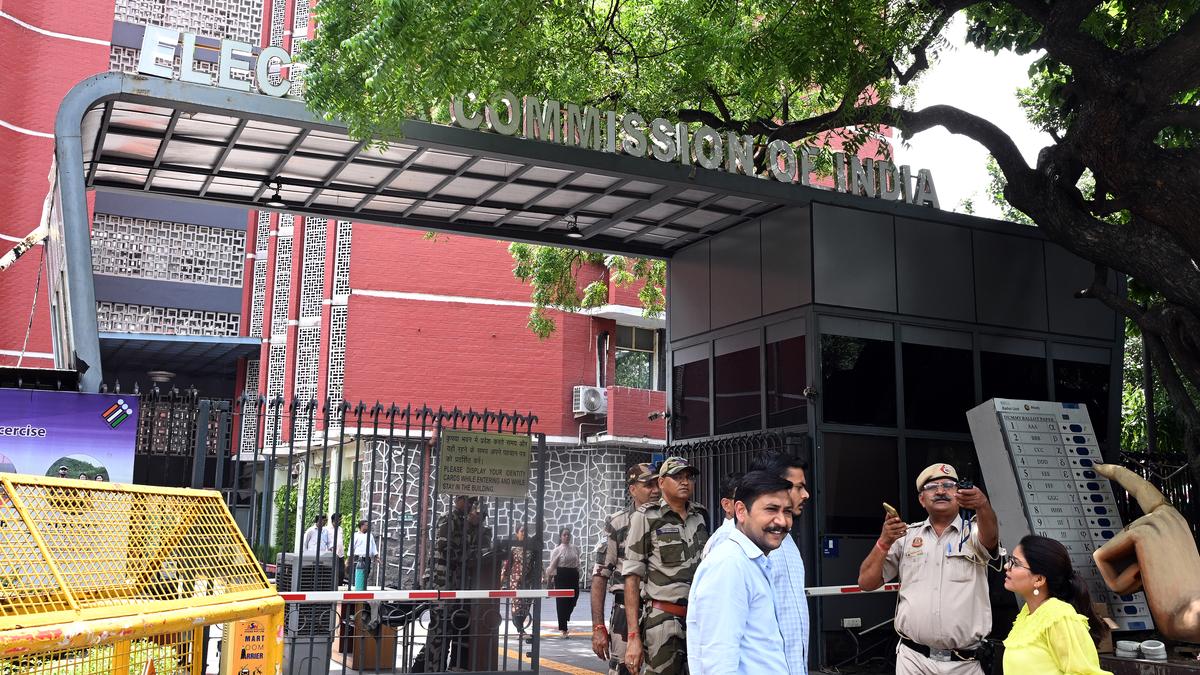Now Reading: Hyderabad’s Waste-to-Energy Plants Fall Short of WHO Standards
-
01
Hyderabad’s Waste-to-Energy Plants Fall Short of WHO Standards
Hyderabad’s Waste-to-Energy Plants Fall Short of WHO Standards

Speedy Summary
- Civil society, political, environmental organisations, and local communities have opposed Waste to Energy (WTE) plants in Jawaharnagar and Dundigal citing severe violations of World Health Organisation (WHO) standards.
- A Central Pollution control Board report submitted to the National Green Tribunal highlighted extremely high cadmium levels in fly ash:
– Jawaharnagar plant: 858.65 mg/kg (1,073 times over WHO limit of 0.8 mg/kg).
– Dundigal WTE: 956.69 mg/kg (1,195 times over permissible limits).
- Chromium levels at the Jawaharnagar plant measured at 230.31 mg/kg far exceed WHO safe thresholds.
- Fly ash disposal regulations have been violated with open dumping at the Jawaharnagar dump site instead of proper disposal or brick-making as mandated.
- The statement criticized nationwide efforts to reclassify WTE incinerators from Red Category to Blue Category industries despite their high pollution index score of 97.6-the highest among all industries now labeled “Blue.”
- Demands made by opposing groups include:
– Immediate suspension of WTE plants until compliance with safe disposal norms.
– Environmental compensation levied on operators alongside show-cause notices for violation.
– Autonomous inquiry into fly ash handling impacts and transitioning away from current WTE methods toward alternative waste management systems.
Indian Opinion Analysis
The concerns raised by civil society groups regarding Waste to Energy plants signify a critical environmental and public health issue for India’s urban centers grappling with waste management challenges. Elevated toxic substances like cadmium and chromium-several thousand times above permissible limits-pose direct risks not only to nearby communities but also underscore failings in regulatory enforcement meant to safeguard against such hazards.
The reclassification effort from “Red” to “Blue” category industries for these WTE facilities has introduced greater scepticism about transparency in India’s industrial pollution categorization system-an area requiring robust scientific review rather than administrative convenience if environmental integrity is prioritized.
Moreover, calls for systemic reforms in waste management highlight a need for long-term lasting alternatives rather than reliance on incineration-based systems that are repeatedly flagged as unsafe globally. Immediate cessation followed by investigatory steps could mitigate further harm while enabling progress towards holistic solutions like improved segregation or decentralized composting initiatives adapted locally across cities.Read More: Published September 19, 2025

























